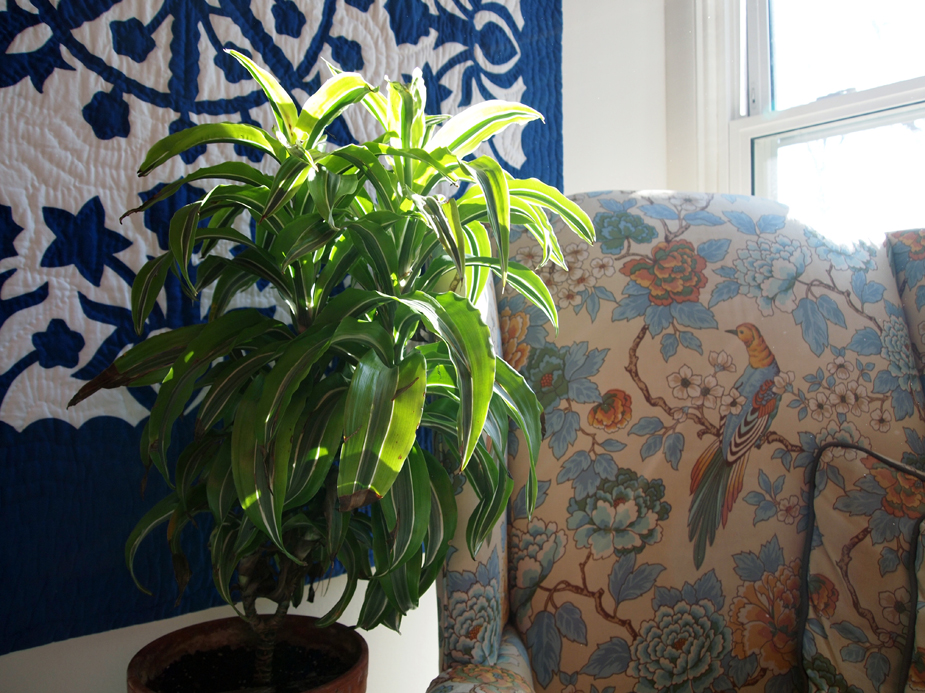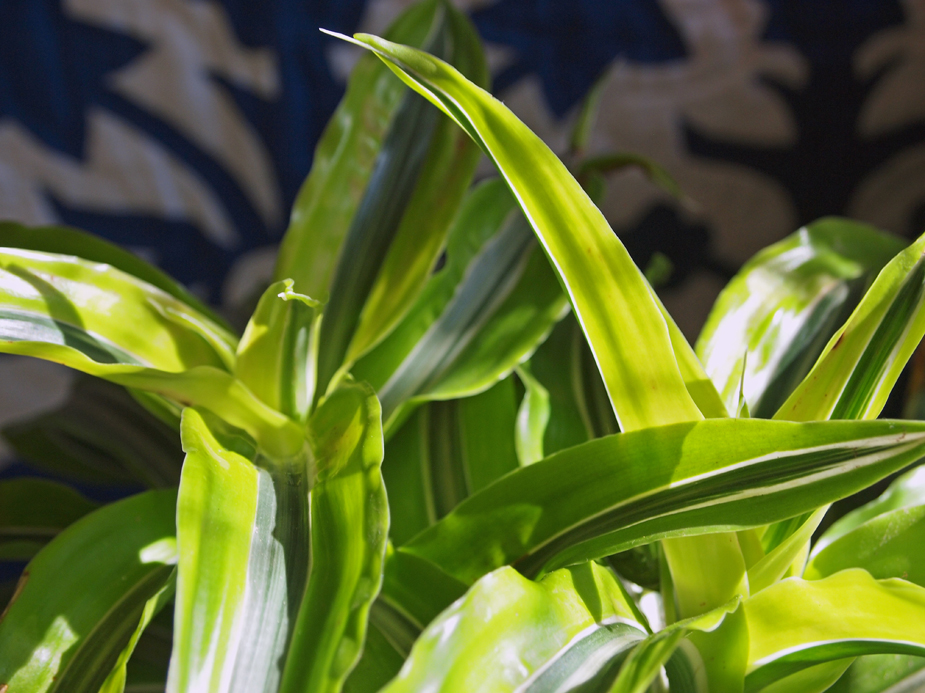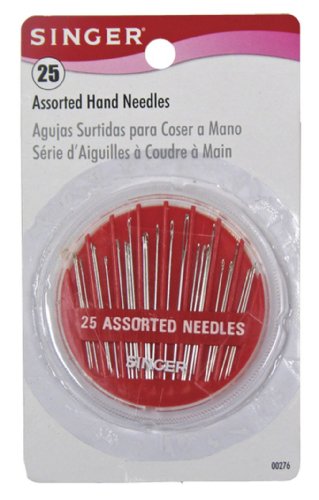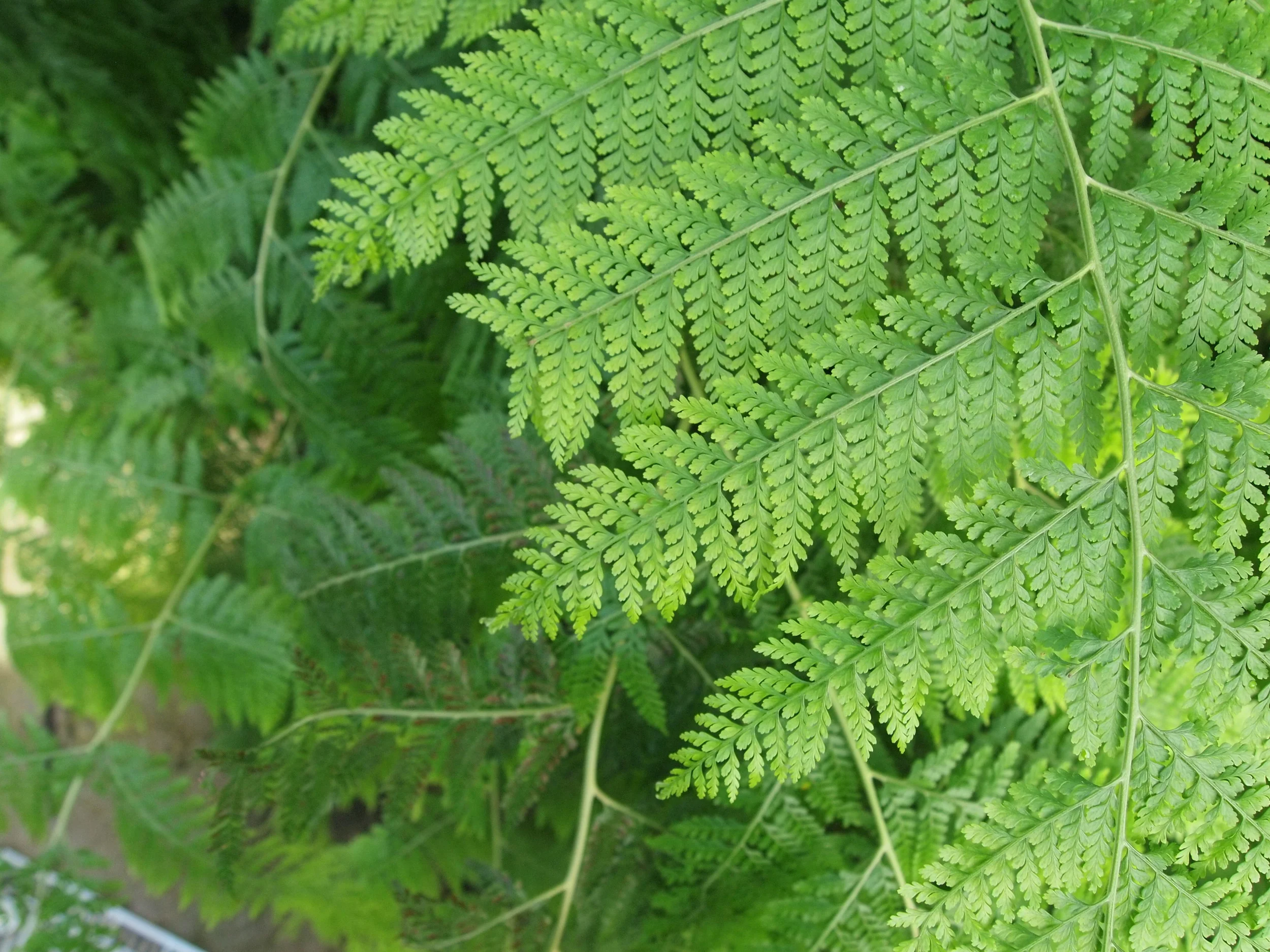L. Cornelissen & Son
/While in London I couldn't not stop by the British Museum. I had never been and was surprised to see some old friends, namely sculptures that I had drawn from casts of for years in art school at MICA. Walking through the galleries, it is hard to forget that this was once the center of a global empire. What an incredible collection! I will have to schedule more time to do a proper tromp through on a later trip.
Once the museum tiredness had thoroughly set in (not even other museum employees are immune to the museum sleepys) I started walking back to the tube stop when something caught my eye in a shop window. It turned out to be L. Cornelissen & Son, an 19th century art supply store.
This was the closest thing to a geniune Harry Potter experience I had during a week in London. Immediately upon entering the shop the warm embrace of old wood made the January chill and the hustle and bustle of the city street quickly fade away. The central wall was a wunderkammer of paint, with huge glass containers of every pigment you could imagine with hand written labels cascading down into what looked to be hundreds of colors of paint neatly color coded and hanging on custom racks.
The best history of the store that I found was from the National Portrait Gallery (London). The shop was opened in 1855 by a Belgian lithographer (too perfect!) named Louis Cornelissen (1861-1883). Suprisingly the shop moved a number of times but remained in the family until 1977 when the last remaining descendent, Len Cornelissen, died. It reopened 2 years later and moved to its current location, which looks like it has been there for more like 300 years rather than a little over 30.
Moving through the small store took so much longer than I imagined, every inch was neatly filled with some amazing display of materials. Many artists, myself and Lili very much included, love the tools and materials we use so much that we are totally satisfied just looking at the raw ingredients, many times feeling like they are too perfect to risk messing up by using. This shop is the physical embodiment of that idea! I just wanted to soak in all the incredible colors and textures, like this array of super chunky oil pastels.
I almost missed the part of the store that I ended up spending the most time in, the printmaking tool drawers. It was so great to learn that the shop was started by a lithographer and glad that printmaking was still solidly represented. It isn't often that you find a store that stocks many printmaking materials beyond the basic speedball products. Not only did they have professional offerings, they had the largest assortment of tools that I've ever seen in real life, and even plates of different materials below the display to test them out. I showed serious restrain and only left with a cute little ball burnisher.
After that discovery I didn't leave a drawer unopened and realized that behind the counter was an entire wall of drawers, and based on the tableaus, they housed all sorts of specialty brushes. Now if that's not an artist's Ollivanders, I don't know what is! This will definitely go on the must-see list for every future trip.
L. Cornelissen & Son
105A Great Russell Street, London WC1B, United Kingdom
www.cornelissen.com
+44 20 7636 1045








































